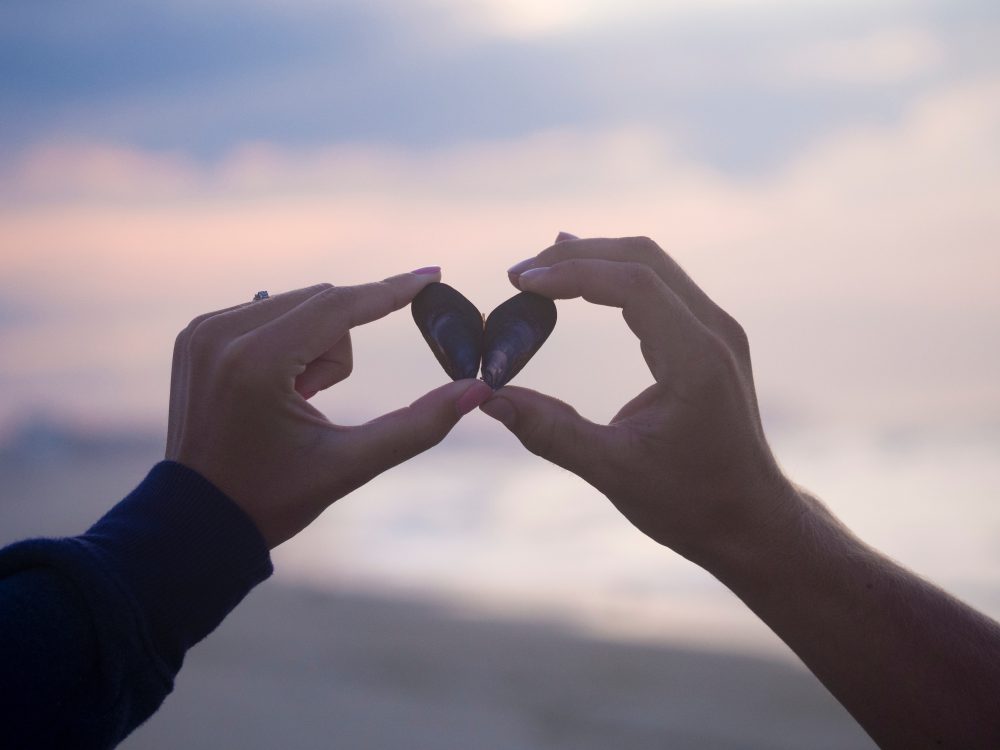
Anna wrote this blog to challenge the stigma and myths associated with self-harm and to provide inspiration for people who are struggling to have hope that things will get better. Through reading this, she hopes that people will find the strength to reach out for support, stop fighting with their past and start looking forward to a positive future.
When you hear the term ‘self-harm’ what are the first words that come to mind? Attention seeking? Emo? Suicidal? 9 years ago I held the same stereotypical beliefs that a huge percentage of the general population do; that self-harm is attention seeking behaviour that only a certain group of people engage in. But the reality is very different.
I first cut myself when I was 17 years old. I was struggling with Anorexia and depression and was in unbearable pain and distress. I was in recovery but didn’t want to be. I was gaining weight but wanted more than ever to fade away and disappear. Crouched on the bathroom floor, all I could see around me was blackness and I needed to escape; to survive. And that is where self-harm came in.
After that first episode, self-harm became a daily occurrence for me. Often I would cut up to 6 times a day, whenever I was made to eat and needed to dissuade the guilt and fear and self-hatred. I would carry a blade with me everywhere I went. I became terrified of being without a means of harming myself, in case the feelings came and I had no way of escaping from them. From cutting to burning and everything in between, I was constantly needing to find new ways to harm myself, to get the relief I had felt the first time.
Over the next 4 years, life was a roller coaster. I was in and out of inpatient and day patient hospitals for Anorexia and Bulimia, attempted suicide multiple times, scarred my arms beyond recognition and no longer knew who I was. I had no hope for the future and no strength to keep living. I was just waiting to die.
And then I met someone who changed that all around. He made me smile and laugh for the first time in years. I felt happy like I never had before. I had hope again and I had someone that made all the pain bearable. It wasn’t an instant change. It was slow, and difficult and sometimes it all felt like too much. But that spark of hope was what kept me going, and that was the foundation for Hope Not Self Harm.
One evening, an idea from my fiancé became a reality, and we created the Instagram page Hope Not Self Harm; giving inspiration, advice and support to people going through, not just self-harm, but pain and distress of all kinds. We receive comments from people on an almost daily basis, saying how the little bit of positivity that we spread makes a world of difference to their day, and how, just as I found in my recovery, that one little spark of hope can be all it takes to stop someone giving up on their darkest days.
Now when I hear the term ‘self-harm’ I think of pain, and distress and hurt, but also of hope and strength and courage. Through Hope Not Self Harm, I hope that one day everyone can understand what self-harm actually is, and also what recovery can be.
You can follow Hope Not Self Harm on Instagram here.